John Rattenbury, architect and protégé of Frank Lloyd Wright who was the child observer of a notorious murder case – obituary
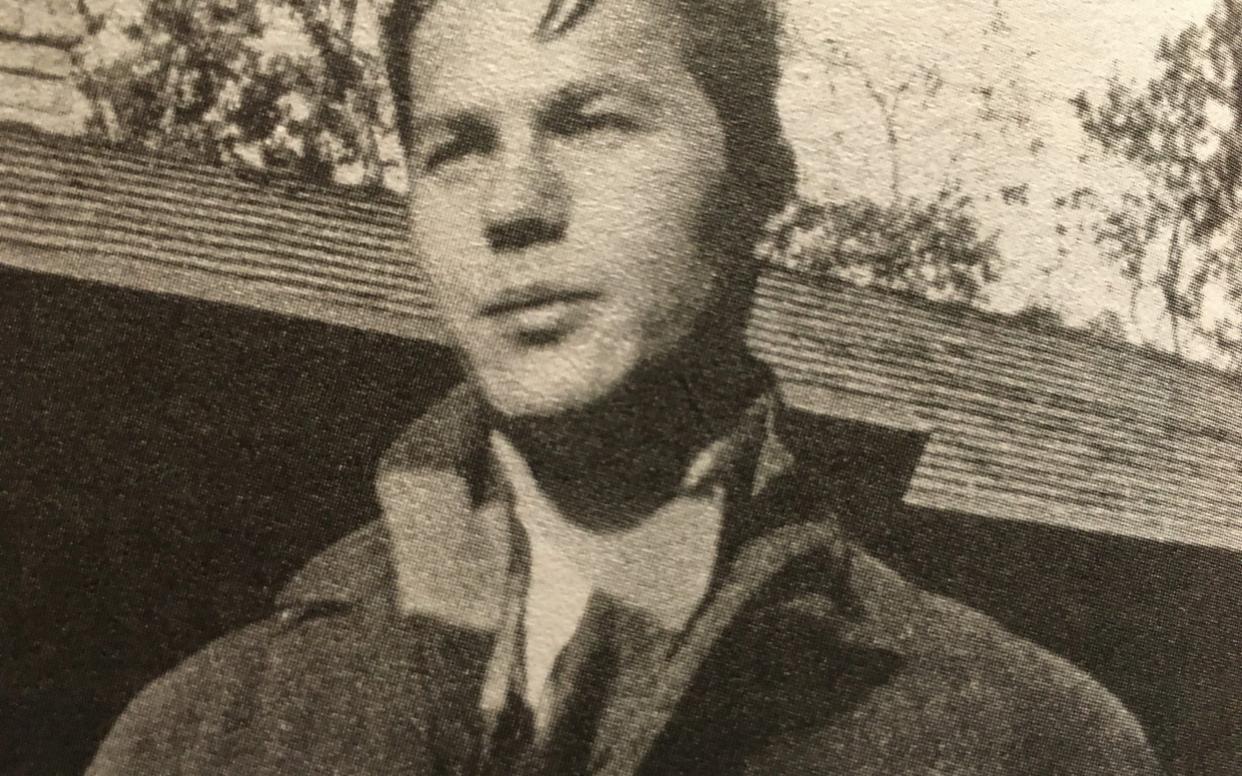
- Oops!Something went wrong.Please try again later.
- Oops!Something went wrong.Please try again later.
John Rattenbury, who has died aged 92, was an eminent architect with a practice in America and worked for many years with Frank Lloyd Wright; in his childhood in the 1930s, he was also the bewildered young bystander in the notorious British murder case that inspired Terence Rattigan’s final play Cause Célèbre.
John Rattenbury was born in Vancouver on December 27 1928, the son of Francis Rattenbury and his second wife Alma. Francis, known as “Ratz”, was an eminent Yorkshire-born architect who had made his fortune in Canada designing such landmarks as the British Columbia Parliament Buildings, the Empress Hotel on the waterfront in Victoria, and the Vancouver Courthouse.
But he had returned to Britain in the late 1920s after courting scandal by divorcing his first wife, Florrie, for Alma Pakenham, a vivacious pianist and, under the pseudonym Lozanne, writer of popular songs; she had been married twice before and was nearly 30 years his junior.
Back in Britain, as his son later recalled, Francis Rattenbury, in semi-retirement, became depressed at not having enough to occupy him; he began drinking, and may have suffered from impotence. Alma, possibly regretting her marriage to someone who was fast becoming an old man, began drinking too and, by her son’s account, “might have been getting into drugs too”.
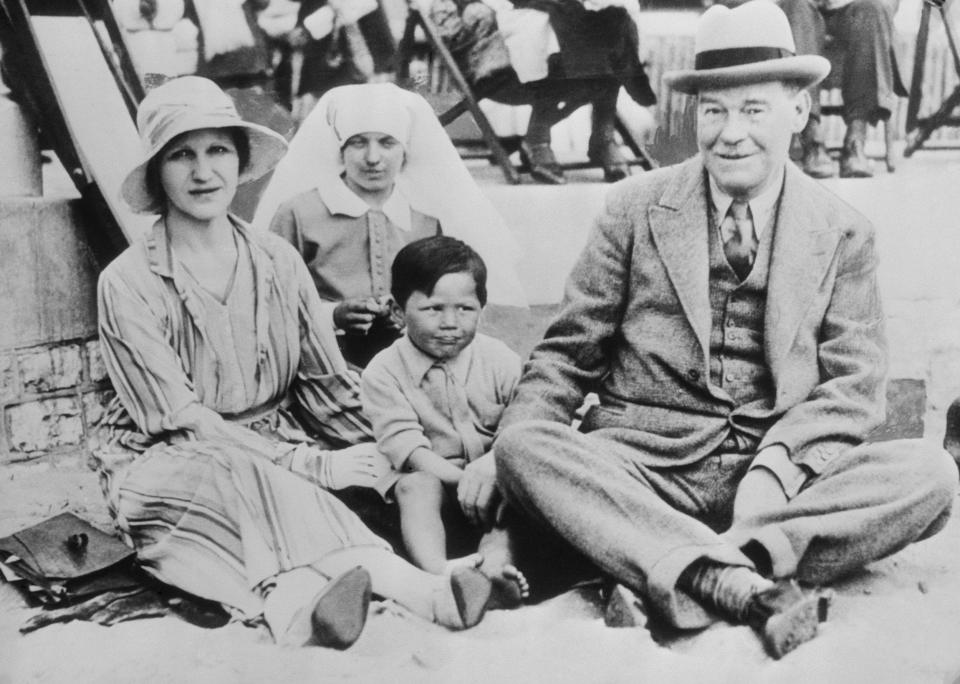
In late 1934 the couple placed an advert in a local paper for “a daily willing lad, aged 14-18 – scout trained preferred – for housework”. George Stoner, 17, was given the job, which also involved acting as chauffeur. Within weeks Alma, 42, and Stoner had begun an affair.
Francis Rattenbury slept on his own downstairs and appears not to have objected to his wife’s relationship with Stoner. None the less, the young man soon became obsessively jealous of Alma, objecting to her showing her husband any affection.
Matters came to a head over the weekend of March 23-24 1935, just after Alma and Stoner returned from a trip to London. Francis was particularly depressed and, to cheer him up, Alma arranged for them to visit a friend in Bridport the following week. This was too much for Stoner.
On the evening of March 24 he crept through the French windows of the drawing room and attacked Francis Rattenbury as he sat dozing in his chair nursing his nightly whisky, bludgeoning him with a builder’s mallet. So savage were the blows to his head that Rattenbury’s false teeth shot out, and he died four days later.
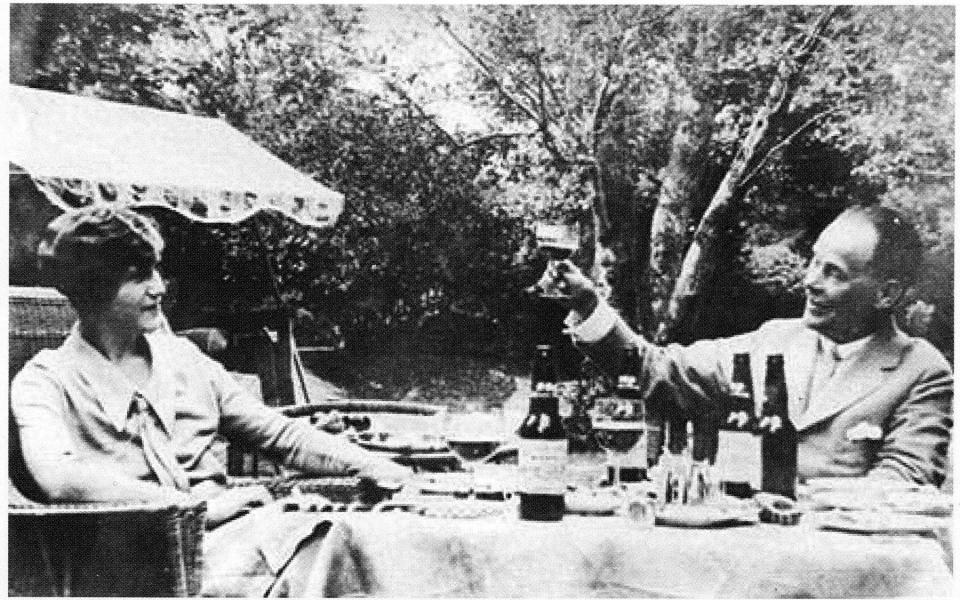
His son John was then six, but he retained vivid memories of the night his father was murdered: “The lights went on in the house – and I woke up. Nobody would tell me what had happened, but I had this cold feeling that something terrible had occurred.” He watched from the front door as his mother, barefoot and clad only in pyjamas, and who had drunkenly embraced the police officers called to investigate, was driven away. John, too, was swiftly removed from the scene.
The love-triangle tragedy – with its heady ingredients of sex and class – was one of the greatest scandals of the time and became dubbed the “Murder at the Villa Madeira”, after the name of the Rattenburys’ home. Every detail of the subsequent Old Bailey trial was salaciously reported.
Queues formed each morning to gain admission to a court where Alma was vilified by her own counsel as a woman who “by her own acts and folly had erected in the young man a Frankenstein of jealousy”, while her lover was presented as “a poor lad … flattered and cajoled … flung into the vortex of this illicit love”. Stoner was found guilty and sentenced to death.
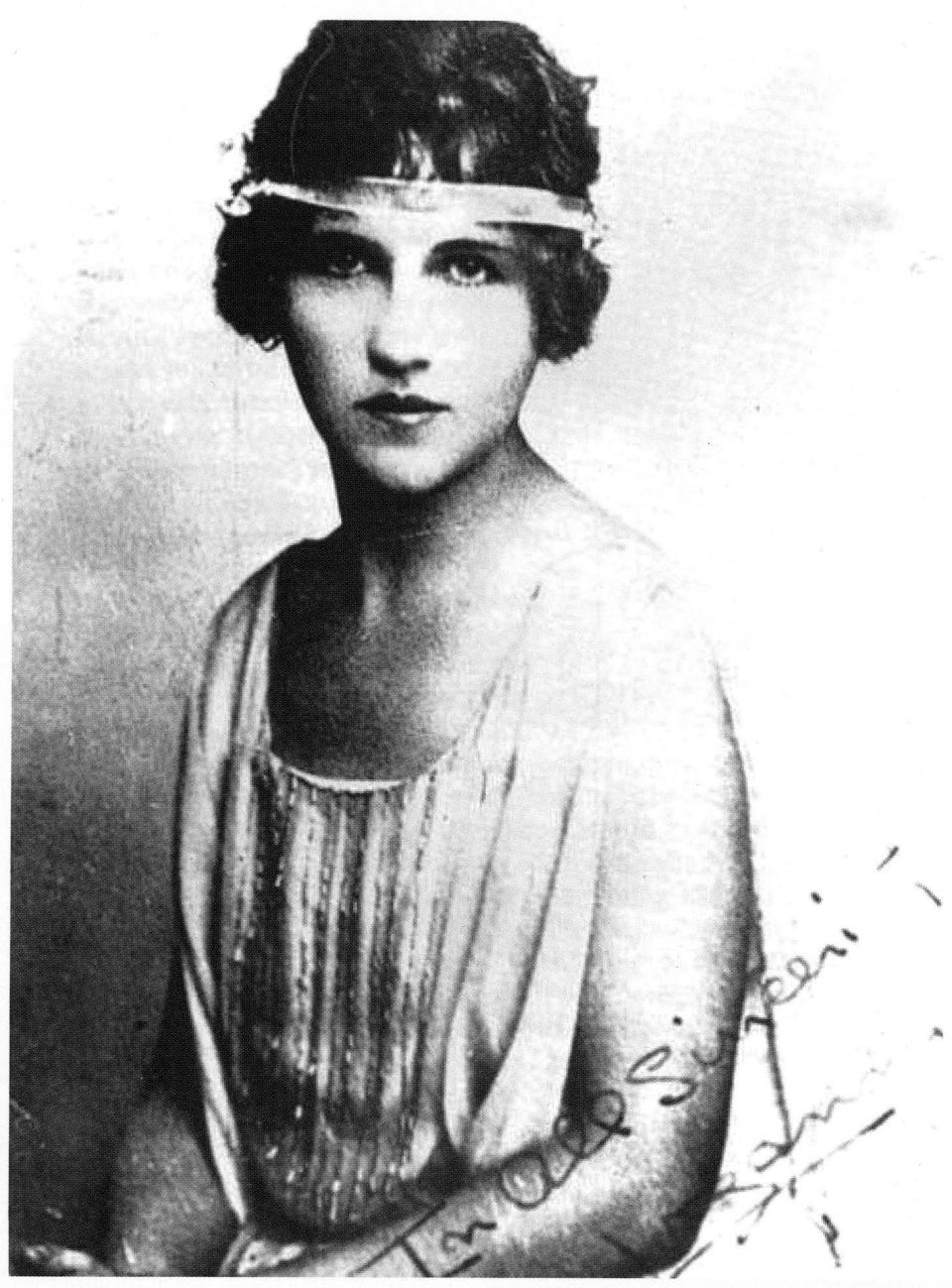
Alma claimed at first that it was she who had attacked her husband, and was initially co-charged. Although she was eventually acquitted, the press and public showed her little sympathy. She was booed by a large crowd as she left the Old Bailey.
A few days later, consumed by shame and guilt, Alma took the train from Waterloo to Christchurch and walked across the meadows to a tributary of the River Avon. After writing some notes on the bank, she walked towards the water and plunged a knife several times into her chest, dying as she fell into the river.
One of the details that so shocked spectators in court in 1935 was that young John had shared a bedroom with his mother, sleeping across the room in his own single bed while she fornicated with Stoner in hers. “Why not?” Alma Rattenbury had testified. “The little boy was asleep. He was a sound sleeper.” The judge described her as “a woman so lost to all sense of decency, so entirely without any morals, that she would stop at nothing to gain her ends, particularly her sexual gratification.”
Subsequently the Home Secretary yielded to a 300,000-strong petition for clemency and commuted Stoner’s sentence to life imprisonment. He served just seven years before he was released to serve in the war. He died in 2000, aged 83.
After the death of John Rattenbury’s parents, a solicitor cousin in London, administering the family’s estate on his behalf, acted as his guardian, sending him to boarding school in Bournemouth and farming him out to various relatives in the holidays. At first he was told that his parents had gone on holiday; a year after their deaths he found out the truth, when a boy at his school told him that his father had been murdered and that his mother had killed herself.
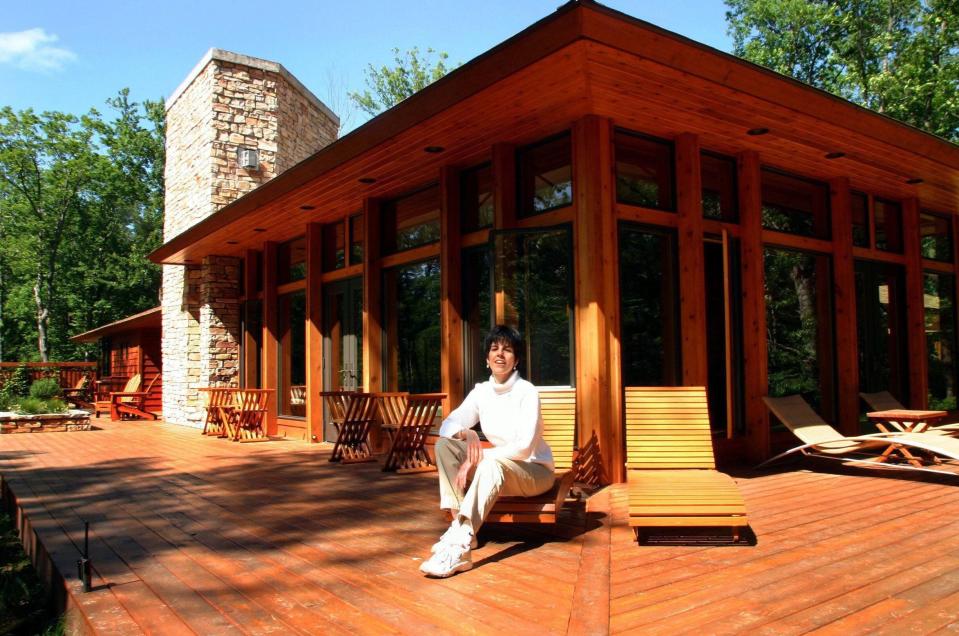
He went on to King’s College Choir School, Cambridge, but his childhood years were tough. In an attempt to block out his unhappiness he threw himself into his studies and sport, though the reality sometimes broke through: “I’d sit in class and suddenly burst into tears,” he recalled.
When war broke out, his guardian decided that John should be evacuated to his maternal grandmother in Vancouver. He sailed from Liverpool to Montreal, where he sat on his trunk and waited because the train to Vancouver did not leave for two days and he did not know what to do next. A kindly couple took him in and looked after him until his departure. But within weeks of his arrival in Vancouver, his grandmother died, so he went to live with yet another relative in the city.
By chance, pupils at the Vancouver school he was sent to were invited to enter a competition to design a new school building. The young John won first prize and by the time he left school aged 16 he was determined to follow his father’s profession.
He got a job with a logging company that enabled him to pay his way through an architecture course at Oregon State College. While there, he became inspired by Frank Lloyd Wright and decided to apply to his architectural school, Taliesin, in Wisconsin. He was offered a place at the school’s campus in Arizona.
Wright soon befriended the young student, becoming his mentor and father figure. After training, Rattenbury became an important member of Wright’s practice, working on such buildings as the Guggenheim Museum in New York and the Price Tower. When Wright died in 1959 Rattenbury and his colleagues continued the practice under a new name: Taliesin Architects.
From then on Rattenbury continued to work, and teach, at Wright’s architectural school. He designed more than 200 architectural projects and was the author of A Living Architecture: Frank Lloyd Wright and Taliesin Architects and A House for Life: Bringing the Spirit of Frank Lloyd Wright into Your Home. In 1997 he designed a “Dream House” for Life magazine.
Rattenbury felt that some good might have come from his parents’ tragedy in that it gave him an understanding, from an early age, of sorrow and suffering. Both he and his stepbrother Christopher also had vivid recollections of their mother’s affection, including outings to the New Forest and early morning swims from the beach.
The lawyer Sir David Napley, who wrote a book about the case, believed that Alma was guilty and had killed Francis Rattenbury while high on drugs. After Alma’s death, Stoner claimed that she was guilty and he was innocent.
John Rattenbury never felt any animosity towards Stoner, whom he regarded as a “terrible victim of circumstance”, and he felt that his mother and father would have been proud of the success he had achieved as an architect.
John Rattenbury married, in 1952, Kay Davison, who was Frank Lloyd Wright’s personal secretary. She predeceased him in 1996.
John Rattenbury, born December 27 1928, died March 28 2021

